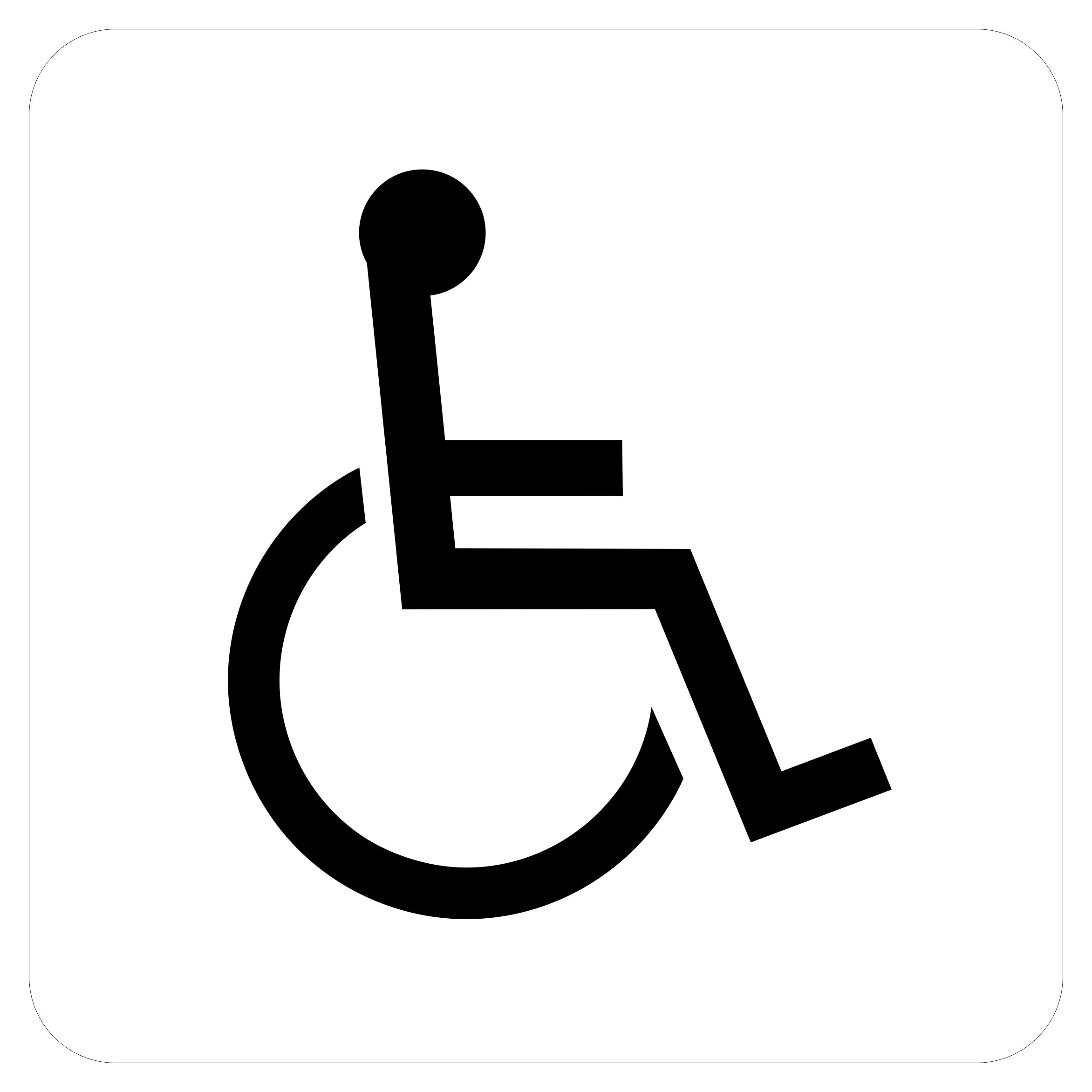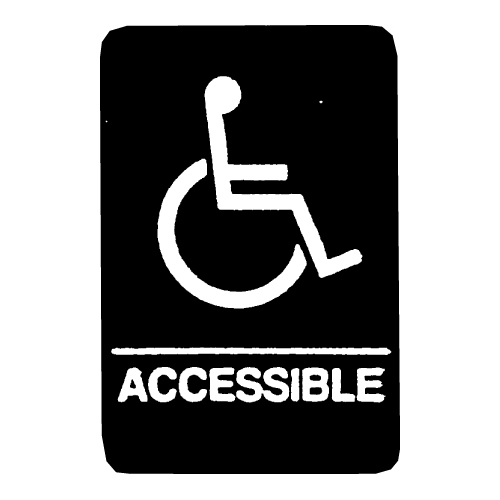Tailoring ADA Signs to Meet Your Details Needs
Tailoring ADA Signs to Meet Your Details Needs
Blog Article
Exploring the Key Functions of ADA Indicators for Enhanced Accessibility
In the world of ease of access, ADA indicators serve as silent yet effective allies, making sure that rooms are comprehensive and accessible for people with specials needs. By incorporating Braille and tactile components, these signs damage obstacles for the visually damaged, while high-contrast color systems and legible font styles provide to varied visual demands.
Importance of ADA Compliance
Making certain compliance with the Americans with Disabilities Act (ADA) is essential for fostering inclusivity and equivalent accessibility in public spaces and workplaces. The ADA, established in 1990, mandates that all public centers, companies, and transport services suit individuals with specials needs, guaranteeing they take pleasure in the exact same legal rights and possibilities as others. Conformity with ADA standards not just meets lawful obligations however also improves a company's reputation by demonstrating its dedication to diversity and inclusivity.
One of the essential elements of ADA compliance is the application of available signs. ADA signs are developed to guarantee that individuals with specials needs can conveniently browse with structures and areas. These indicators have to stick to specific standards relating to dimension, font style, color contrast, and positioning to assure visibility and readability for all. Correctly executed ADA signage assists get rid of barriers that people with disabilities commonly encounter, therefore advertising their self-reliance and confidence (ADA Signs).
In addition, sticking to ADA guidelines can reduce the threat of possible fines and lawful consequences. Organizations that stop working to abide with ADA standards may encounter lawsuits or fines, which can be both monetarily difficult and damaging to their public image. Therefore, ADA compliance is important to fostering an equitable setting for everybody.
Braille and Tactile Components
The consolidation of Braille and responsive components right into ADA signs personifies the principles of ease of access and inclusivity. It is commonly placed under the corresponding text on signage to guarantee that individuals can access the info without aesthetic aid.
Responsive components expand past Braille and consist of increased icons and personalities. These parts are created to be noticeable by touch, permitting people to determine room numbers, restrooms, departures, and other vital areas. The ADA sets details guidelines regarding the dimension, spacing, and positioning of these tactile elements to optimize readability and guarantee consistency throughout different environments.

High-Contrast Color Schemes
High-contrast color design play a crucial duty in improving the visibility and readability of ADA signs for individuals with aesthetic impairments. These systems are necessary as they take full advantage of the difference in light reflectance in between text and background, making certain that indications are conveniently discernible, you could look here also from a distance. The Americans with Disabilities Act (ADA) mandates the use of particular shade contrasts to accommodate those with restricted vision, making it an important facet of conformity.
The effectiveness of high-contrast shades hinges on their capability to stick out in various illumination conditions, including poorly lit atmospheres and locations with glare. Generally, dark text on a light history or light message on a dark history is employed to attain ideal contrast. For example, black message on a white or yellow background gives a stark aesthetic difference that helps in fast recognition and comprehension.

Legible Fonts and Text Size
When taking into consideration the design of ADA signage, the option of readable typefaces and ideal message size can not be overstated. These elements are important for making sure that indicators are accessible to individuals with visual disabilities. The Americans with Disabilities Act (ADA) mandates that font styles need to be not italic and sans-serif, oblique, manuscript, highly decorative, or of unusual kind. These needs help ensure that the text is easily readable from a range which the personalities are appreciable to varied target markets.
According to ADA standards, the minimal text elevation need to be 5/8 inch, and it must enhance proportionally with watching distance. Uniformity in text dimension contributes to a natural visual experience, assisting individuals in browsing environments advice effectively.
Additionally, spacing in between letters and lines is integral to readability. Sufficient spacing prevents characters from showing up crowded, boosting readability. By adhering to these criteria, designers can dramatically enhance accessibility, making sure that signs serves its desired function for all people, no matter their aesthetic capabilities.
Efficient Positioning Strategies
Strategic placement of ADA signage is important for making the most of availability and making sure compliance with lawful criteria. Properly click to find out more positioned indications lead people with impairments properly, facilitating navigation in public areas. Trick considerations consist of closeness, presence, and elevation. ADA guidelines specify that signs should be mounted at a height between 48 to 60 inches from the ground to ensure they are within the line of sight for both standing and seated people. This standard height range is critical for inclusivity, allowing wheelchair customers and people of differing elevations to accessibility info easily.
Additionally, signs need to be positioned nearby to the latch side of doors to allow easy recognition before entry. This positioning assists individuals locate areas and areas without obstruction. In situations where there is no door, signs should be positioned on the closest adjacent wall surface. Uniformity in sign positioning throughout a center boosts predictability, decreasing complication and boosting overall individual experience.

Conclusion
ADA indicators play an essential function in promoting ease of access by integrating features that resolve the demands of people with handicaps. These components jointly cultivate a comprehensive setting, underscoring the importance of ADA conformity in making certain equivalent gain access to for all.
In the realm of availability, ADA indications serve as silent yet effective allies, making certain that areas are inclusive and navigable for people with specials needs. The ADA, passed in 1990, mandates that all public facilities, companies, and transportation services accommodate people with specials needs, ensuring they enjoy the same rights and possibilities as others. ADA Signs. ADA indications are developed to ensure that people with specials needs can easily navigate via rooms and buildings. ADA guidelines specify that indications should be placed at a height between 48 to 60 inches from the ground to ensure they are within the line of view for both standing and seated individuals.ADA signs play an essential function in promoting access by integrating attributes that attend to the demands of individuals with handicaps
Report this page